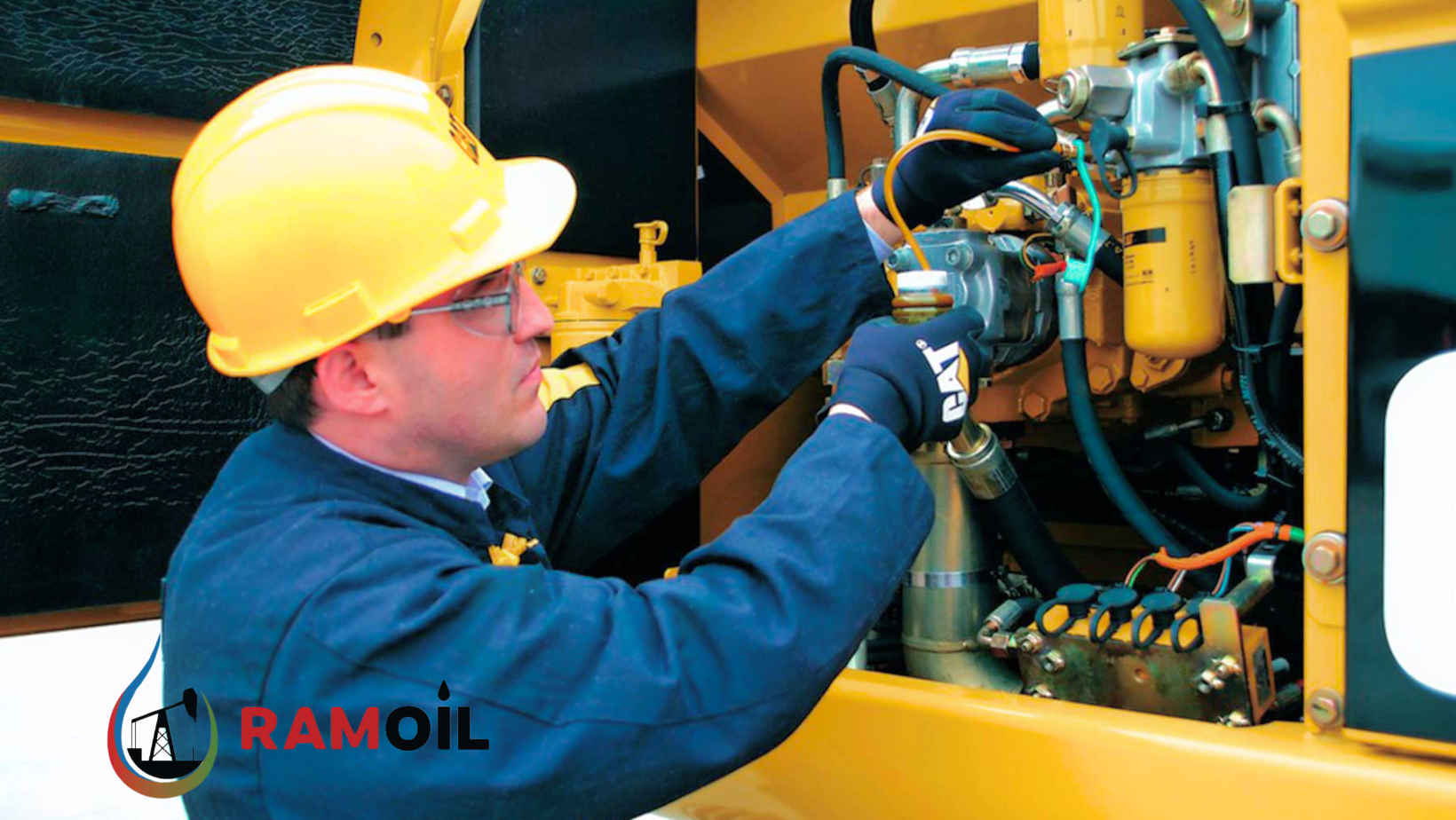
A thorough visual inspection of the lifting and hydraulic devices to identify any visible signs of damage, leakage or wear.
Functional testing to ensure proper operation of devices.
Functionality testing of safety features such as overload protection, limit switches and emergency stop mechanisms.
Checking the structural integrity of devices including welds, bolts and bearing components.
Testing electrical components such as control panels, wiring and connectors for proper operation.

Aftercare Schedule:
Recommending a maintenance schedule for regular inspections, lubrication and minor services to extend the life of the equipment.
It is important to note that service content should be tailored to the type of lifting and hydraulic equipment being serviced, be it hydraulic jacks, cranes, lifts or any other type of equipment. In addition, it is important to follow manufacturer guidelines and industry best practices to provide a comprehensive and reliable repair and service solution.






